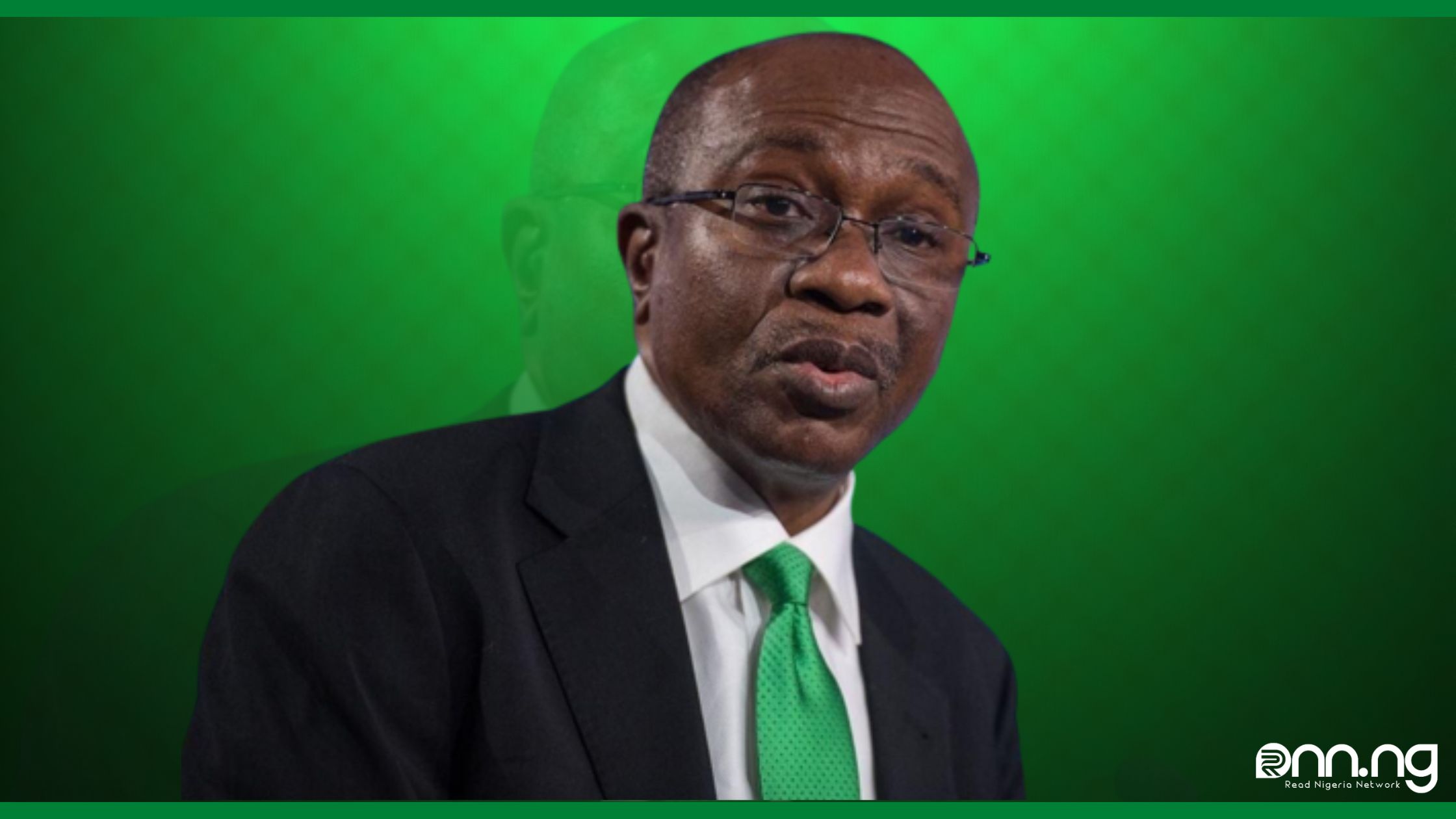Business News
Central Bank of Nigeria sold a total of $9.4 billion in forex
In the first six months of 2022, the Central Bank of Nigeria sold $9.4 billion worth of foreign exchange. In the first half of 2021, sales…

- Central Bank of Nigeria sold a total of $9.4 billion in forex
- Breakdown of FX sales
- Trade on the Import and Export Window
In the first six months of 2022, the Central Bank of Nigeria sold $9.4 billion worth of foreign exchange. In the first half of 2021, sales of $5.8 billion were compared to this. This is supported by information provided in the apex bank’s semi-annual economic report.
Through spot and forward sales through the investors’ and exporter windows, direct sales to SMEs, and interbank secondary market intervention sales, Nigeria’s central bank intervenes in the foreign exchange market (SMIS).
As part of its interventionist foreign exchange market strategy, the central bank sells foreign exchange. By selling more when it needs a stronger naira or buying when it thinks the naira is strong, it does this to control the price of forex.
However, increased foreign exchange interventions by the central bank imply that the apex bank is depleting Nigeria’s reserves, which could have been put to better use.
It also reveals the level of liquidity in the primary foreign exchange market, which aids in determining whether the prices on the parallel markets have already declined too far or still need to be devalued.
READ MORE: CBN injected $11.24bn into the economy to defends the value naira
Breakdown of FX sales
The central bank reports that a total of $9.4 billion was sold in the first half of the year, with $4.38 billion, or 47.5%, going through the sport market. The fact that it was sold at the day’s going rate.
Forward sales accounted for another $4.3 billion in revenues, or 52% of the total. The bank also provided a breakdown of the spot sales, which included $2.07 billion sold at the Investors and Exporters (I&E) window, $856.81 million for invisibles, another $834.74 million sold to Small and Medium-Sized Enterprises (SMEs), and US$622.92 million from inter-bank Secondary Market Intervention Sales (SMIS).
also buys foreign exchange, confirming that it did so in the first half of the year for about $1.3 billion.
“Conversely, the Bank purchased US$1,325.43 million during the review period, which resulted in a net sale of US$7,903.83 million” it stated.
Additionally, the forwards segment saw a total of US$7.0 billion mature, with US$5.8 billion still outstanding as of the end of June 2022.
Trade on the Import and Export Window
The official channel for importers and exporters to buy and sell foreign exchange was also disclosed by the apex bank.
Market Movement at the Exporters’ and Investors’ Window The I&E window’s transaction volume in the first half of 2022 totaled $16.1 billion, up from US$10.7 billion in the same period of 2021.
This indicates that, compared to the same period last year, more foreign exchange transactions took place in the first half of this year. The central bank also disclosed that as of the end of June 2022, it had only recorded a transaction turnover of $213.3 billion. About $200 billion in export proceeds are expected to be raised.
The central bank of Nigeria continues to provide for a major portion of the demand for foreign exchange via the official window for investors and exporters.
Even though it supports the market at the same level as it did in the Covid year of 2020 with $9 billion, it is still insufficient to meet demand.
The difference in exchange rates between the official rate and the parallel market rate supports this.
